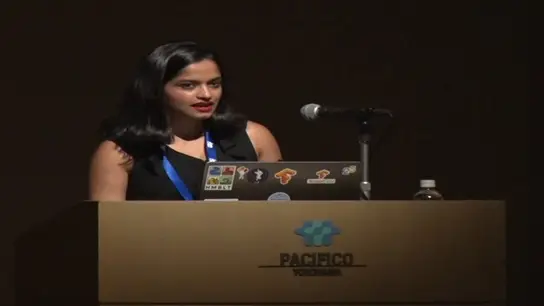Tutorial: Evolutionary Many Objective Optimization
Hiroyuki Sato, Hisao Ishibuchi
-
Members: FreeCIS
IEEE Members: Free
Non-members: FreeLength: 01:31:45
19 Jul 2020
The goal of the tutorial is clearly explaining difficulties of evolutionary many-objective optimization, approaches to the handling of those difficulties, and promising future research directions. Evolutionary multi-objective optimization (EMO) has been a very active research area in the field of evolutionary computation in the last two decades. In the EMO area, the hottest research topic is evolutionary many-objective optimization. The difference between multi-objective and many-objective optimization is simply the number of objectives. Multi-objective problems with four or more objectives are usually referred to as many-objective problems. It sounds that there exists no significant difference between three-objective and four-objective problems. However, the increase in the number of objectives significantly makes multi-objective problem difficult. In the first part (Part I: Difficulties), we clearly explain not only frequently-discussed well-known difficulties such as the weakening selection pressure towards the Pareto front and the exponential increase in the number of solutions for approximating the entire Pareto front but also other hidden difficulties such as the deterioration of the usefulness of crossover and the difficulty of performance evaluation of solution sets. The attendees of the tutorial will learn why many-objective optimization is difficult for EMO algorithms. After the clear explanations about the difficulties of many-objective optimization, we explain in the second part (Part II: Approaches and Future Directions) how to handle each difficulty. For example, we explain how to prevent the Pareto dominance relation from weakening its selection pressure and how to prevent a binary crossover operator from decreasing its search efficiently. We categorize approaches to tackle many-objective optimization problems and explain some state-of-the-art many-objective algorithms in each category. The attendees of the tutorial will learn some representative approaches to many-objective optimization and state-of-the-art many-objective algorithms. At the same time, the attendees will also learn that there still exist a large number of promising, interesting and important research directions in evolutionary many-objective optimization. Some promising research directions are explained in detail in the tutorial.


